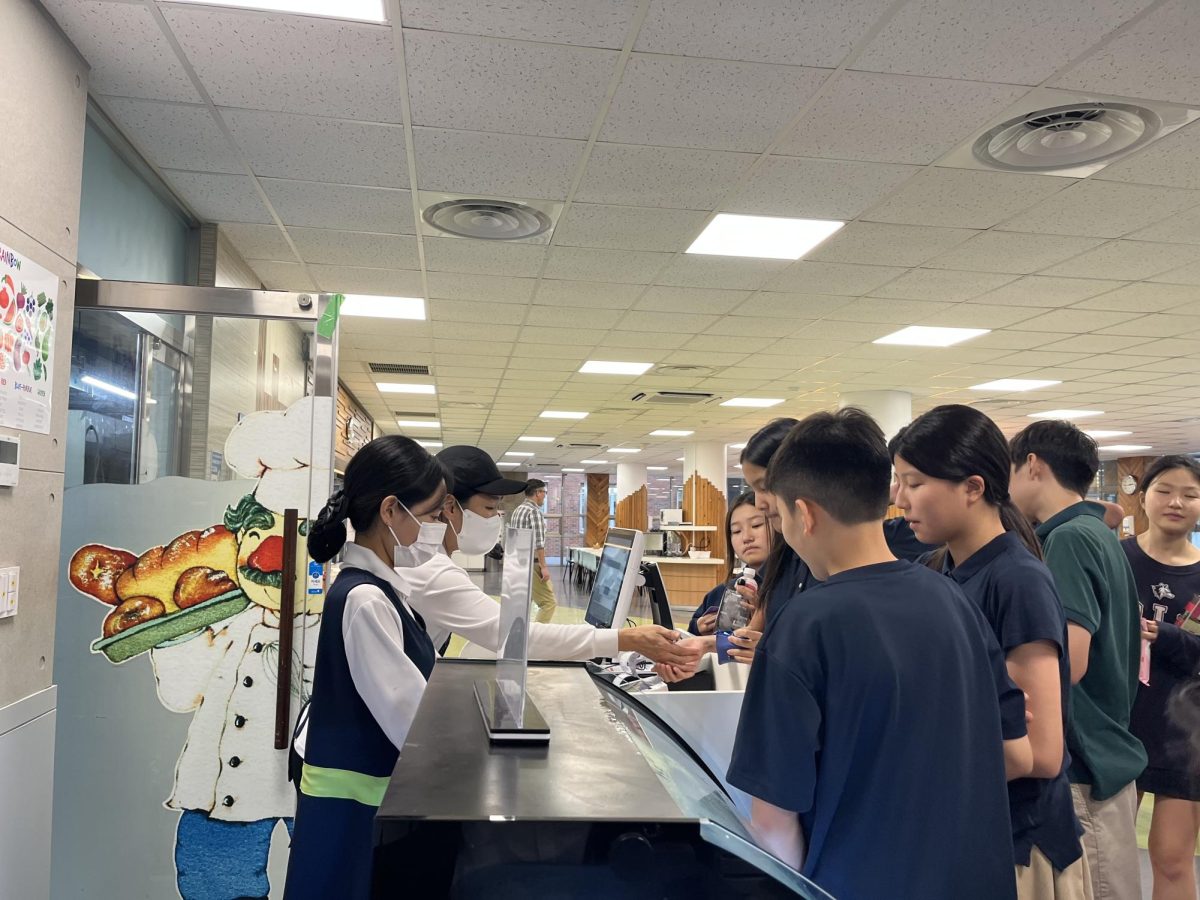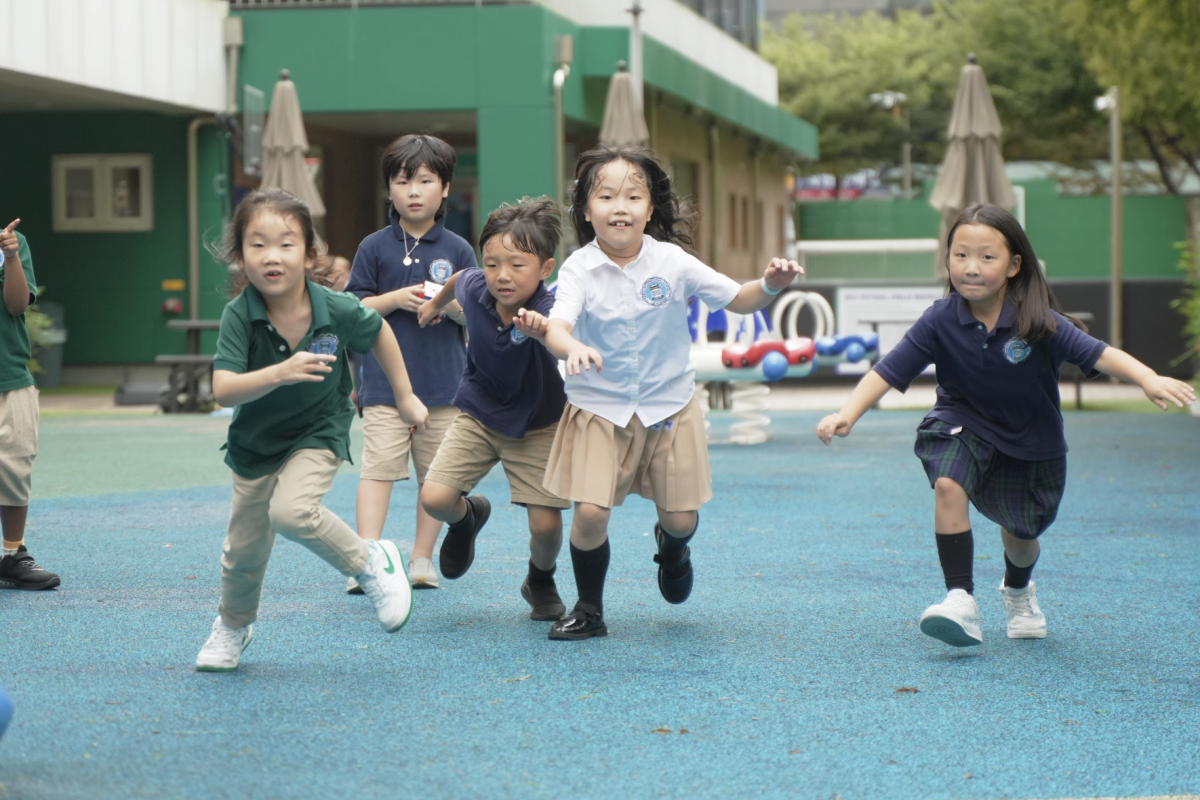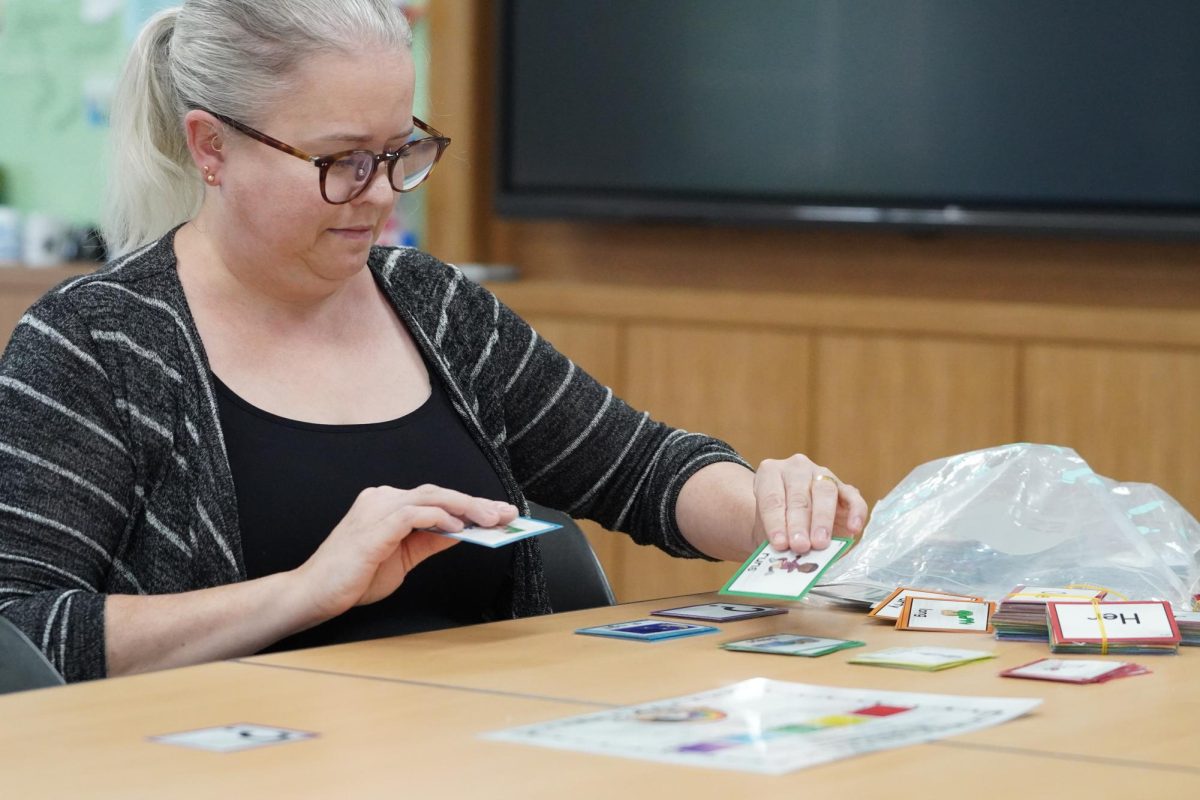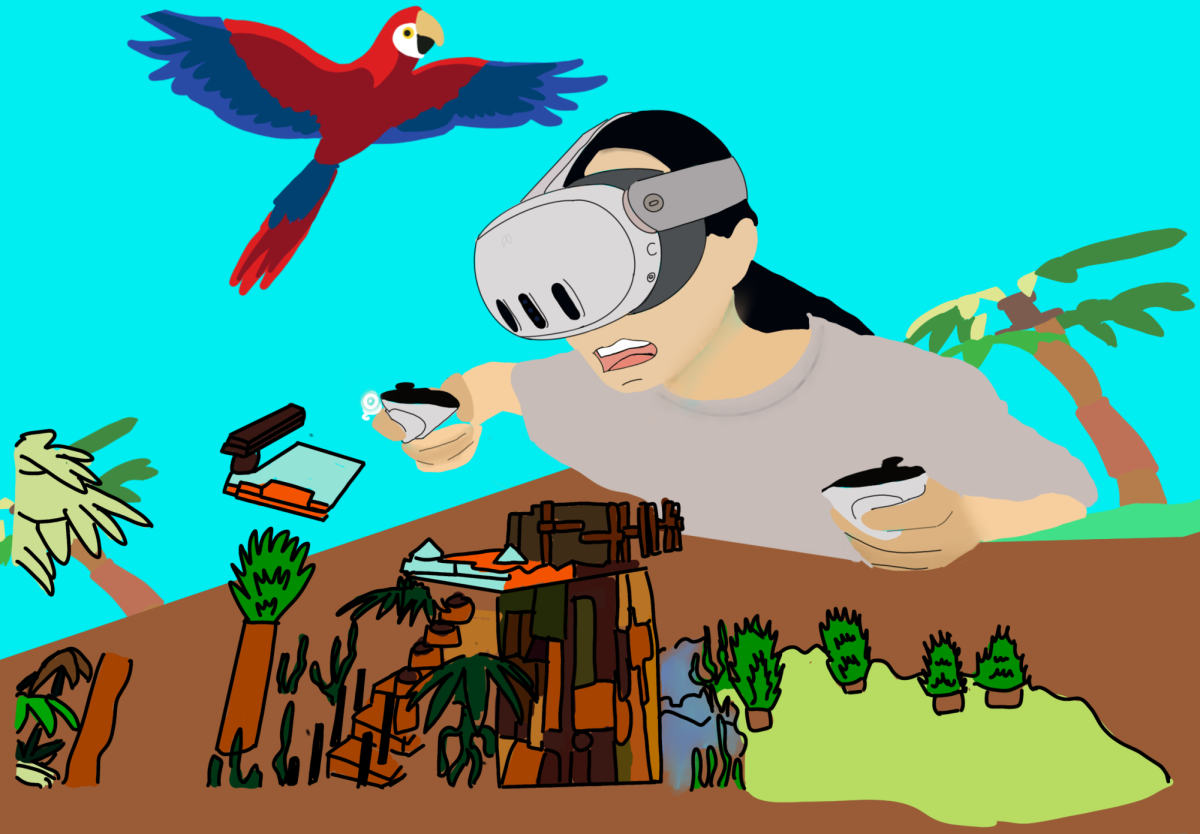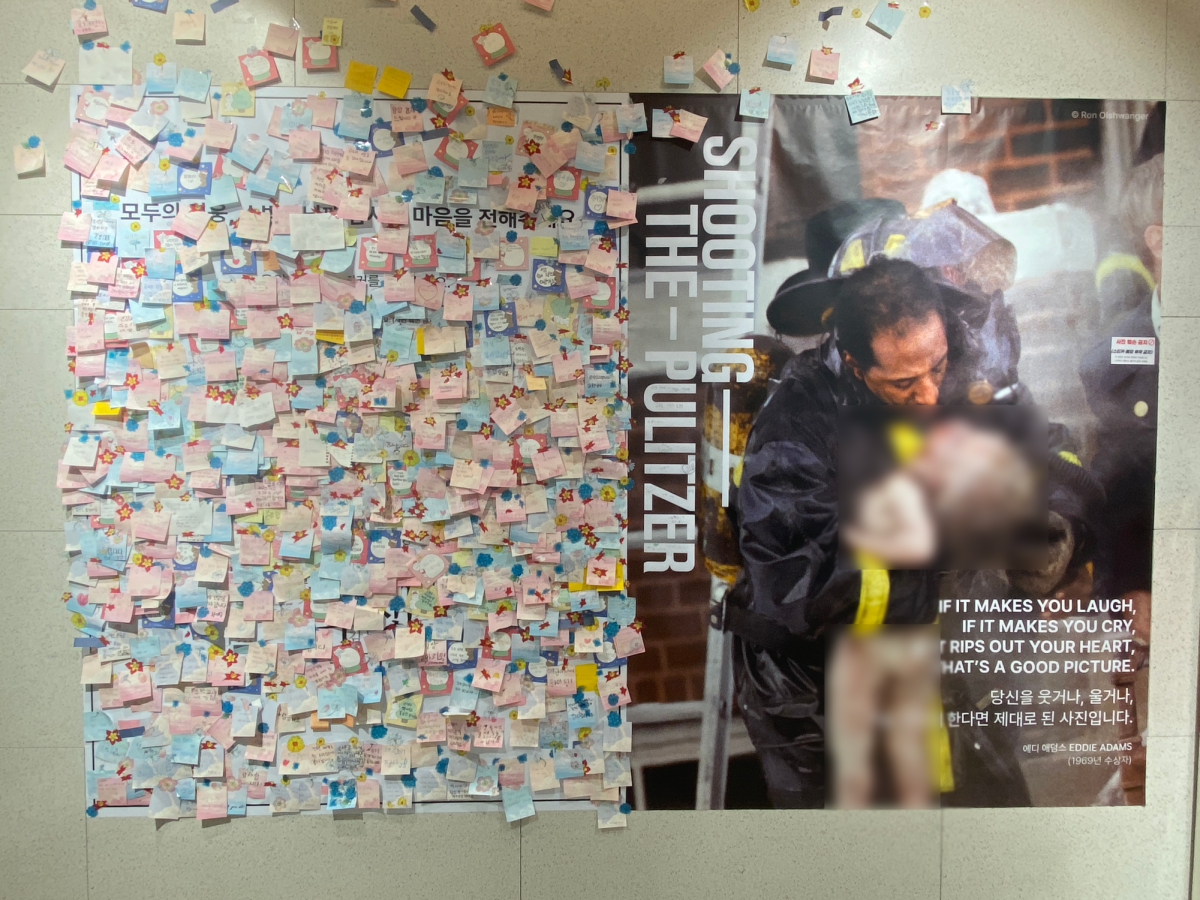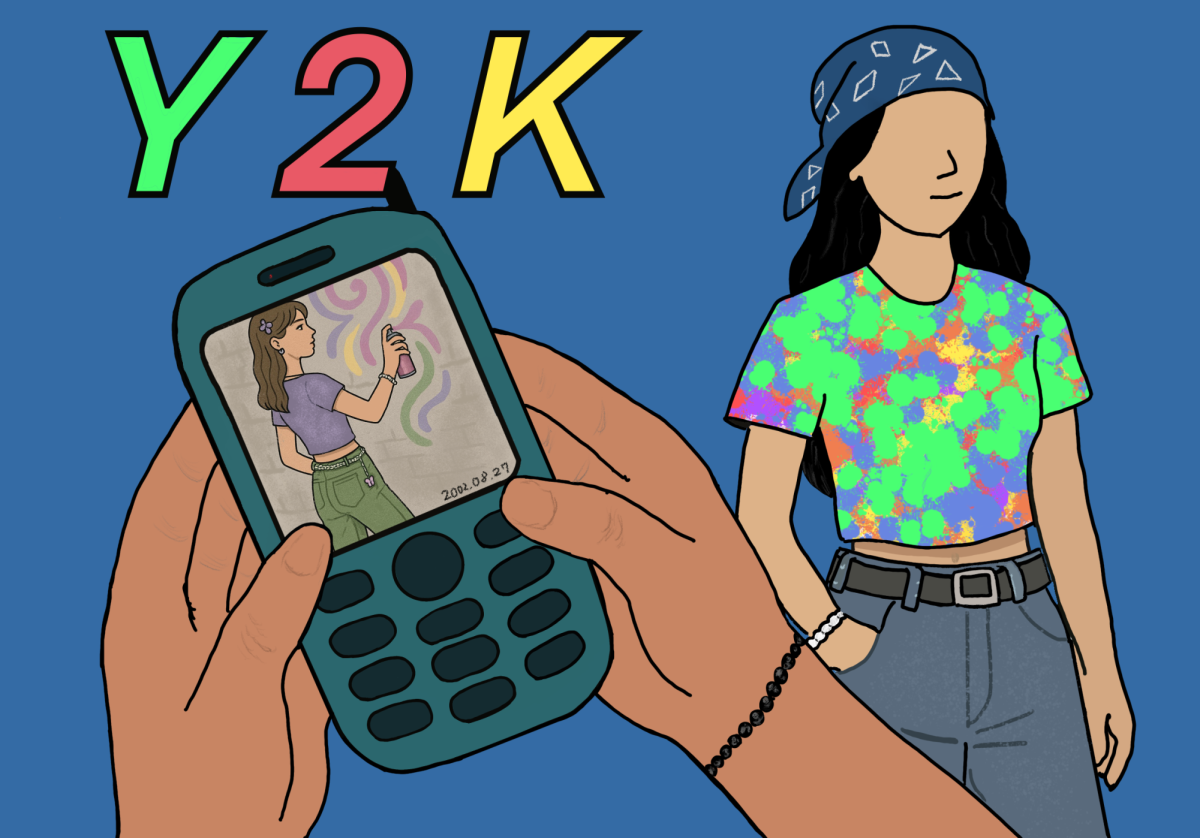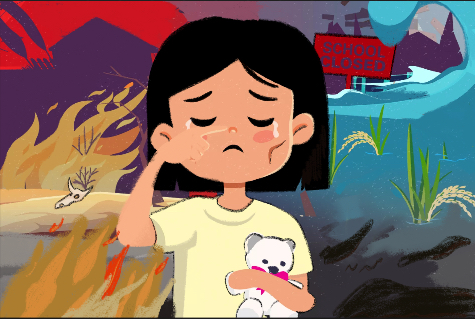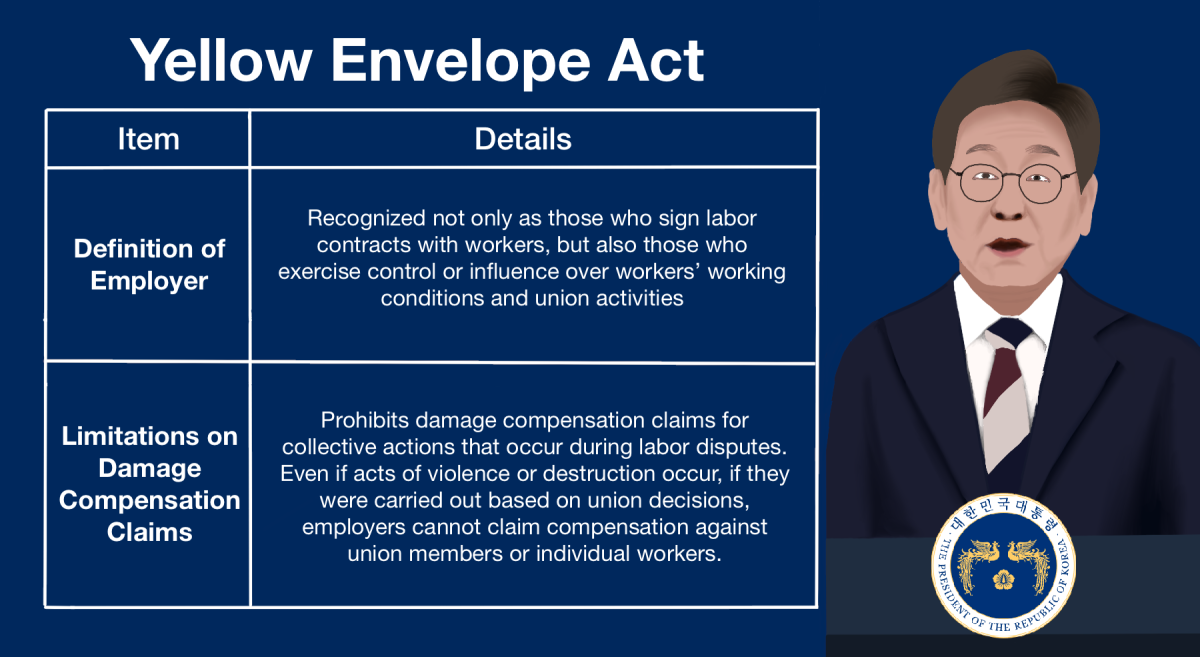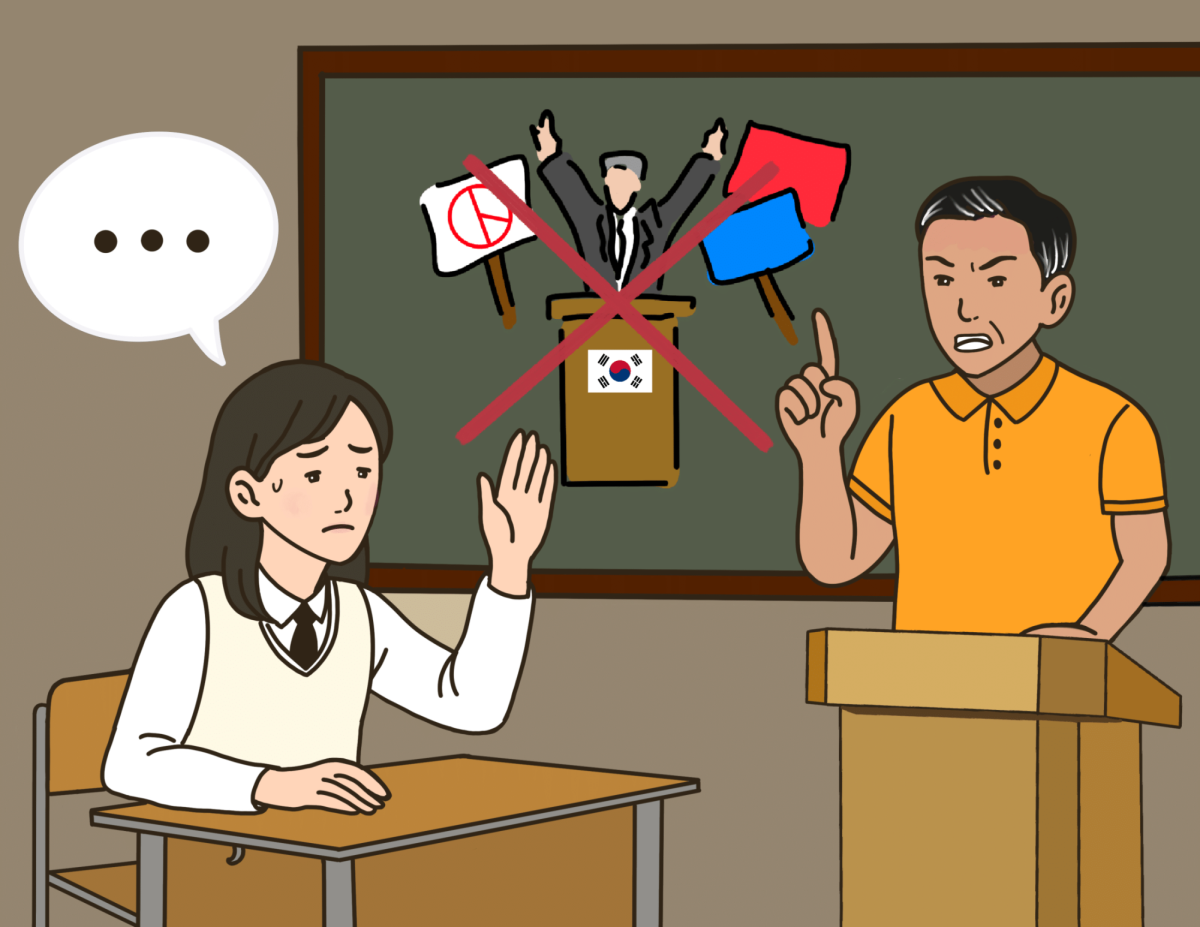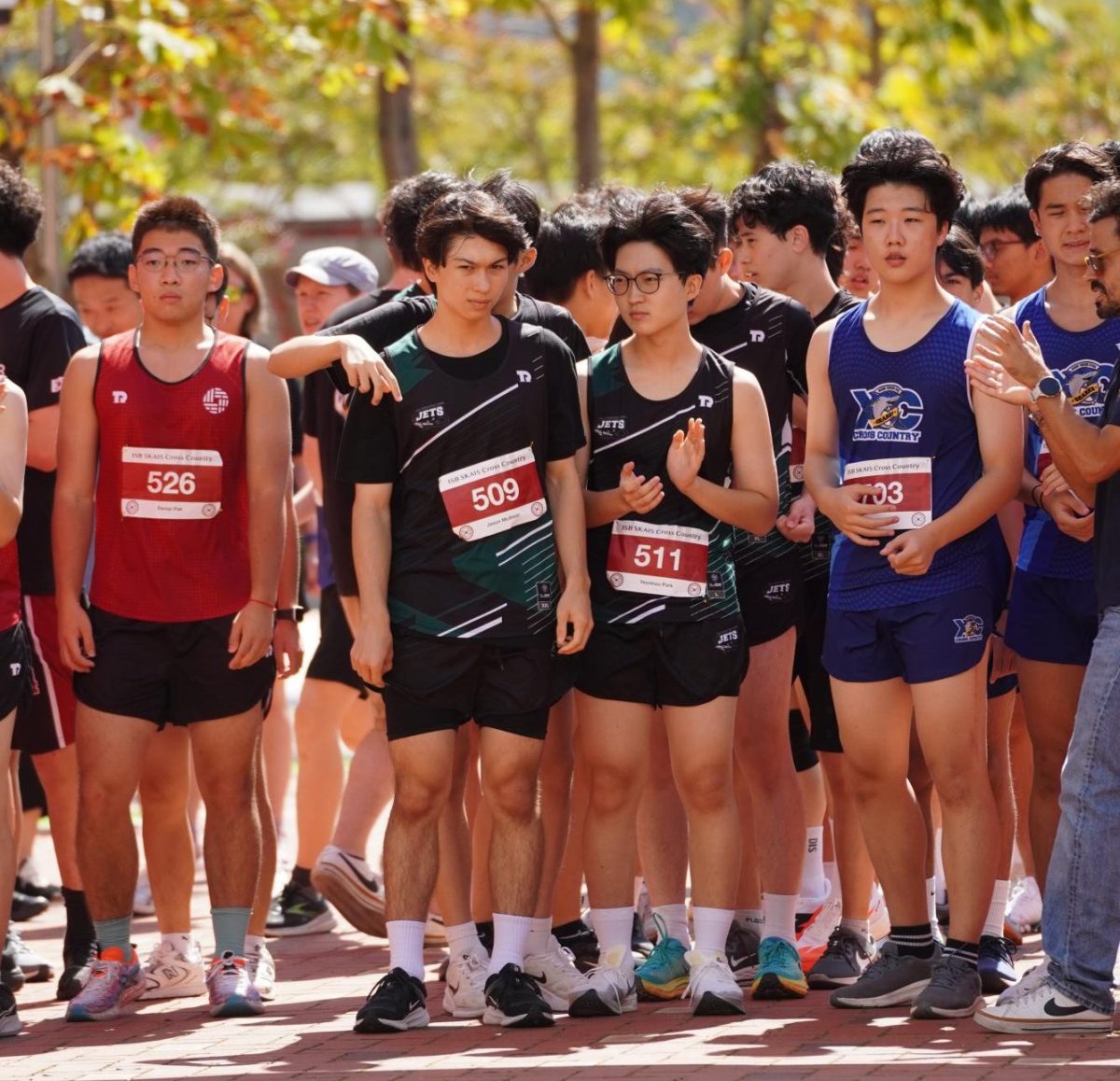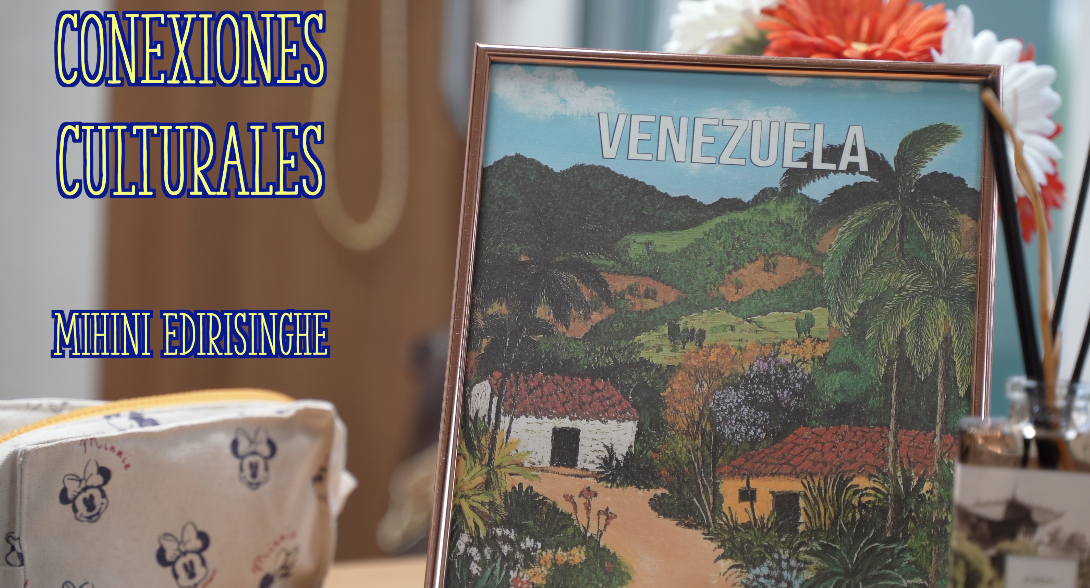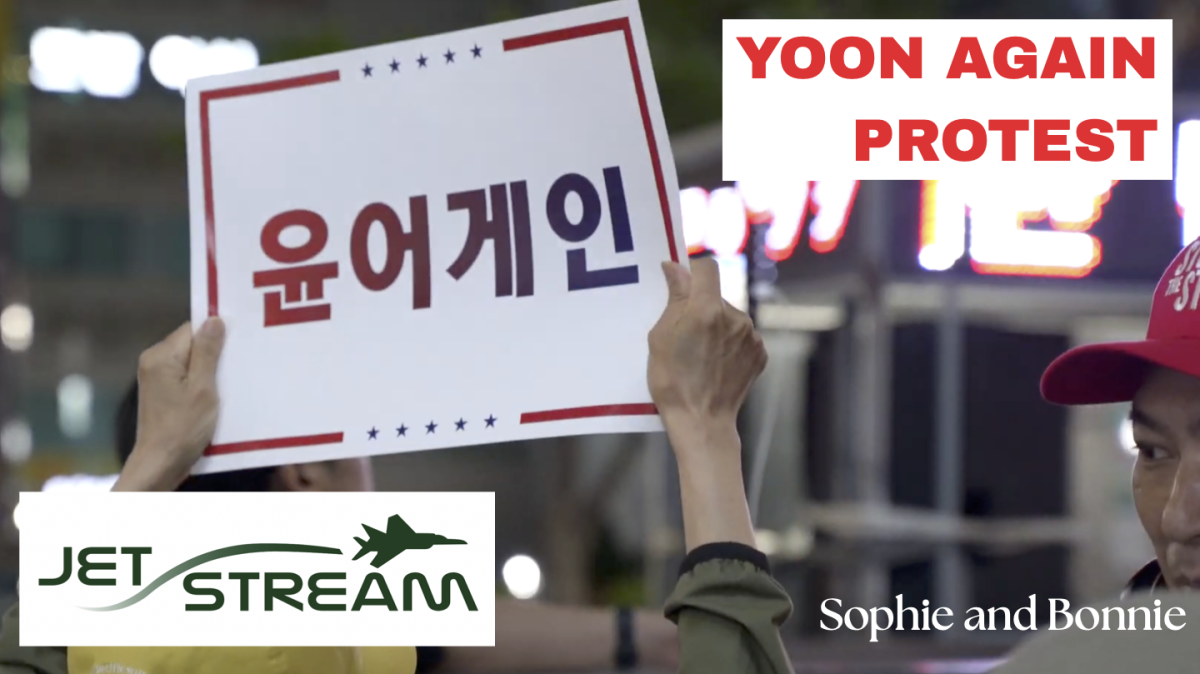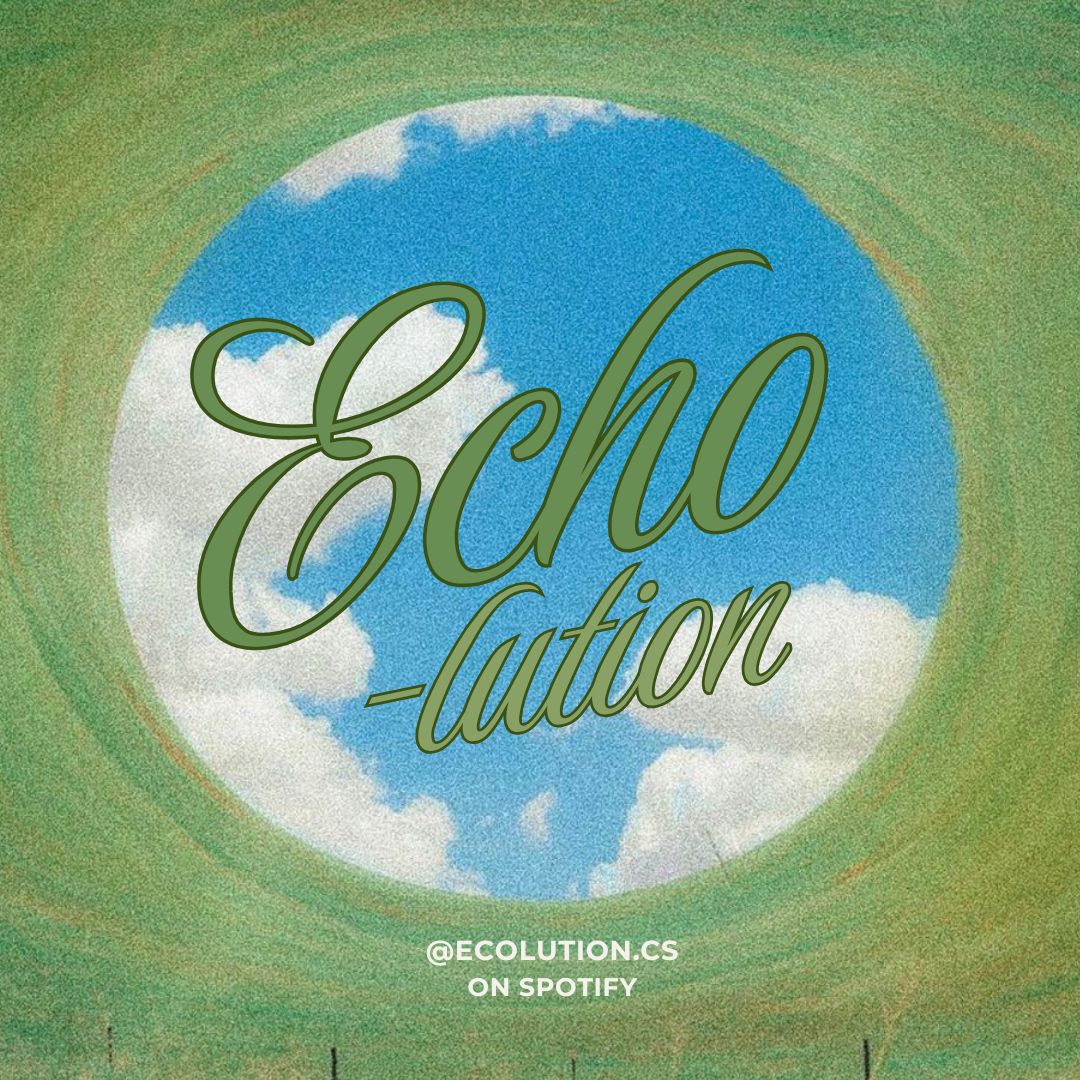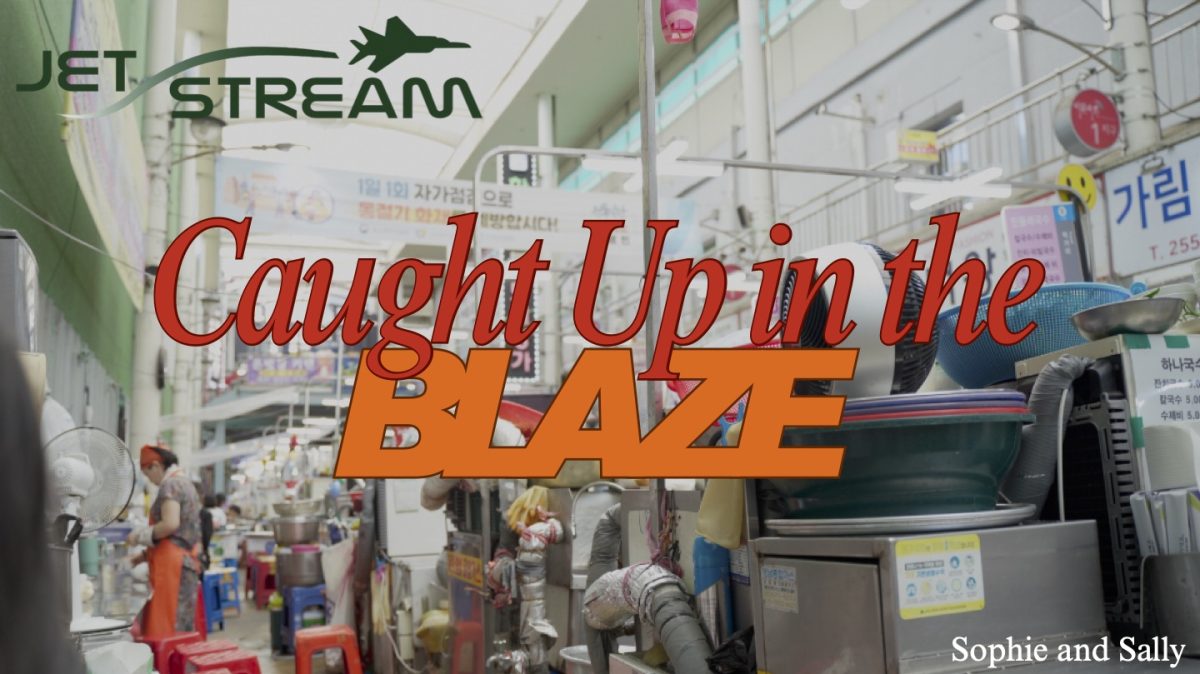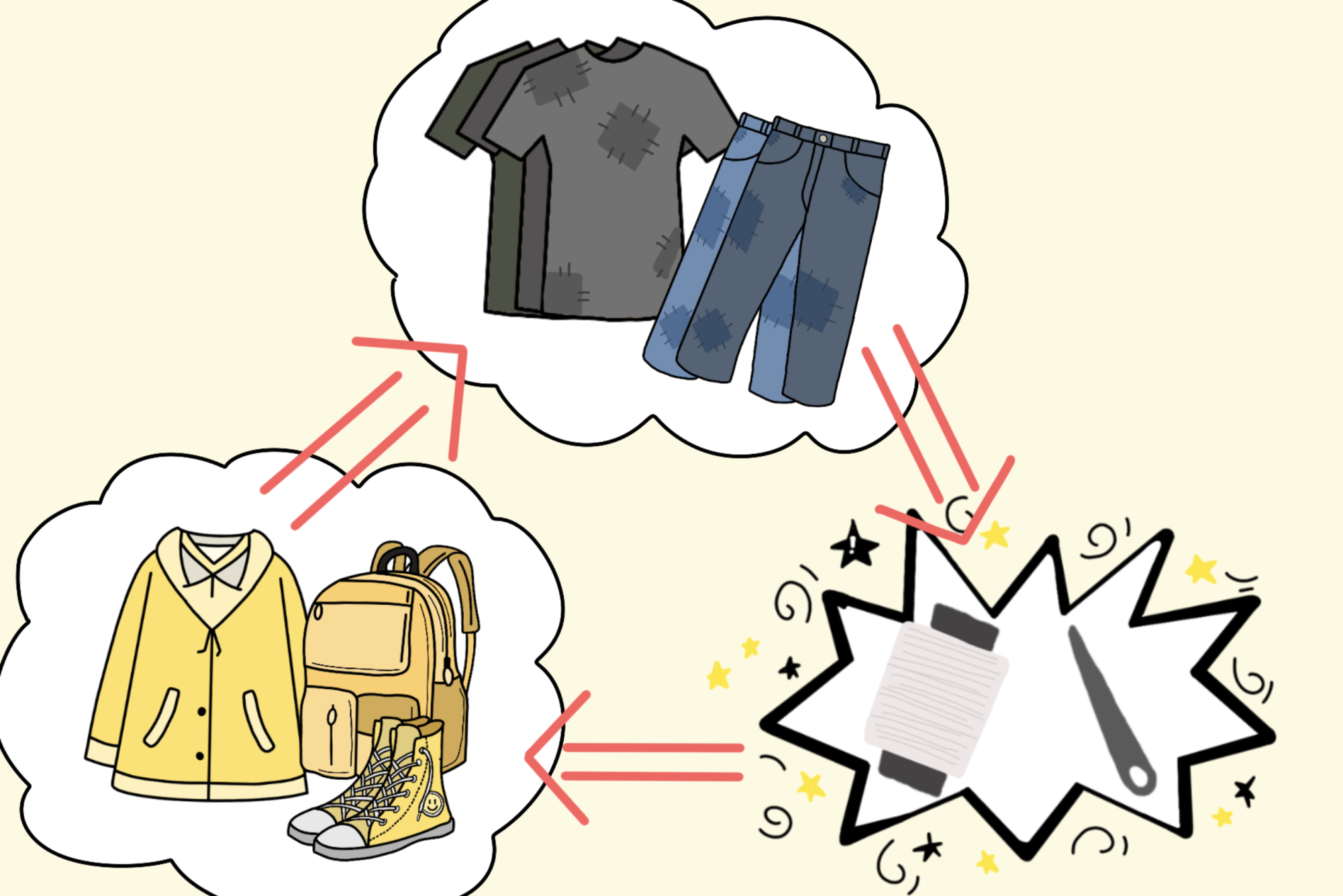
Mannequins don new clothes every month in the trendiest apparel stores in Dongseong-ro. However, Daegu, South Korea’s fashion hub, faces serious issues due to the rapid rise and fall in clothing trends. “Fast fashion emerged in Daegu in the 2000s, making clothes more accessible and speeding up the design, production, and distribution processes,” Professor Kim You-Kyung from Daegu Catholic University said.
However, unlike its widespread usage, the trend comes with high environmental costs. Pollution from microplastics, dyeing, waste and air pollution from incineration result in major issues. The fabric industry accounts for 8-10% of global carbon emissions and consumes the second largest volume of water.
Senior Nayoung Kim, president of Eco-lution, said, “People buy [fast fashion] because it is cheap. Everyone is trapped in this cycle without realizing its environmental impact. Fast fashion accelerates climate change. The biggest issue is a lack of awareness—people need to be educated.”
While fashion trends evolve, so do environmental concerns, but solutions like upcycling offer a sustainable alternative. It is the process of turning old products into new ones that are more valuable or of higher quality than the original.
Kim said, “Instead of throwing things away, we can creatively repurpose materials. At NAHS, we’re planning a mural using trash, and we’ve considered incorporating discarded textiles into our projects. Even something simple, like making a collage blanket out of old clothes, can make a difference. As fast fashion grows, upcycling is becoming more crucial.”
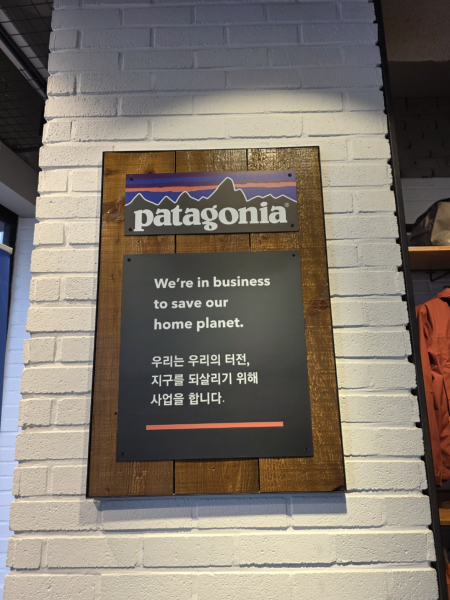
Unlike recycling, which breaks down waste, upcycling repurposes old wear into new designs and has recently gained traction among younger, sustainable consumers. Local brands embrace upcycled outfits to combat the environmental harm of fast fashion.
In South Korea, fashion brands like Patagonia are leading the way in alternative fashion. The brand started making clothes from repurposed soda bottles in 1993 — long before climate change became a widespread concern. Patagonia has become renowned for recycling plastic bottles into polyester to create fleece fabrics. Over 50% of the fabric used in their products comes from regenerated fiber waste, marine plastic waste, or secondary waste from bottle collection programs in areas without waste management systems. By recycling, they conserve oil, the raw material for polyester. This process also reduces harmful gas emissions from waste and incinerators, while preventing water and soil pollution.

Patagonia has successfully transformed plastic waste from landfills and oceans into renewable materials, and it has formed new partnerships with companies that can monitor the production process and support a socially responsible, circular economy. Through these efforts, Patagonia’s initial steps to protect the environment serve as an example for consumers to follow.
As brands popularize upcycling, we should also raise awareness about this method, which helps reduce carbon emissions, conserve resources, and reuse materials. Kim said, “Schools and local communities can promote upcycling through workshops and campaigns, encouraging individuals and organizations to adopt more sustainable practices.”




